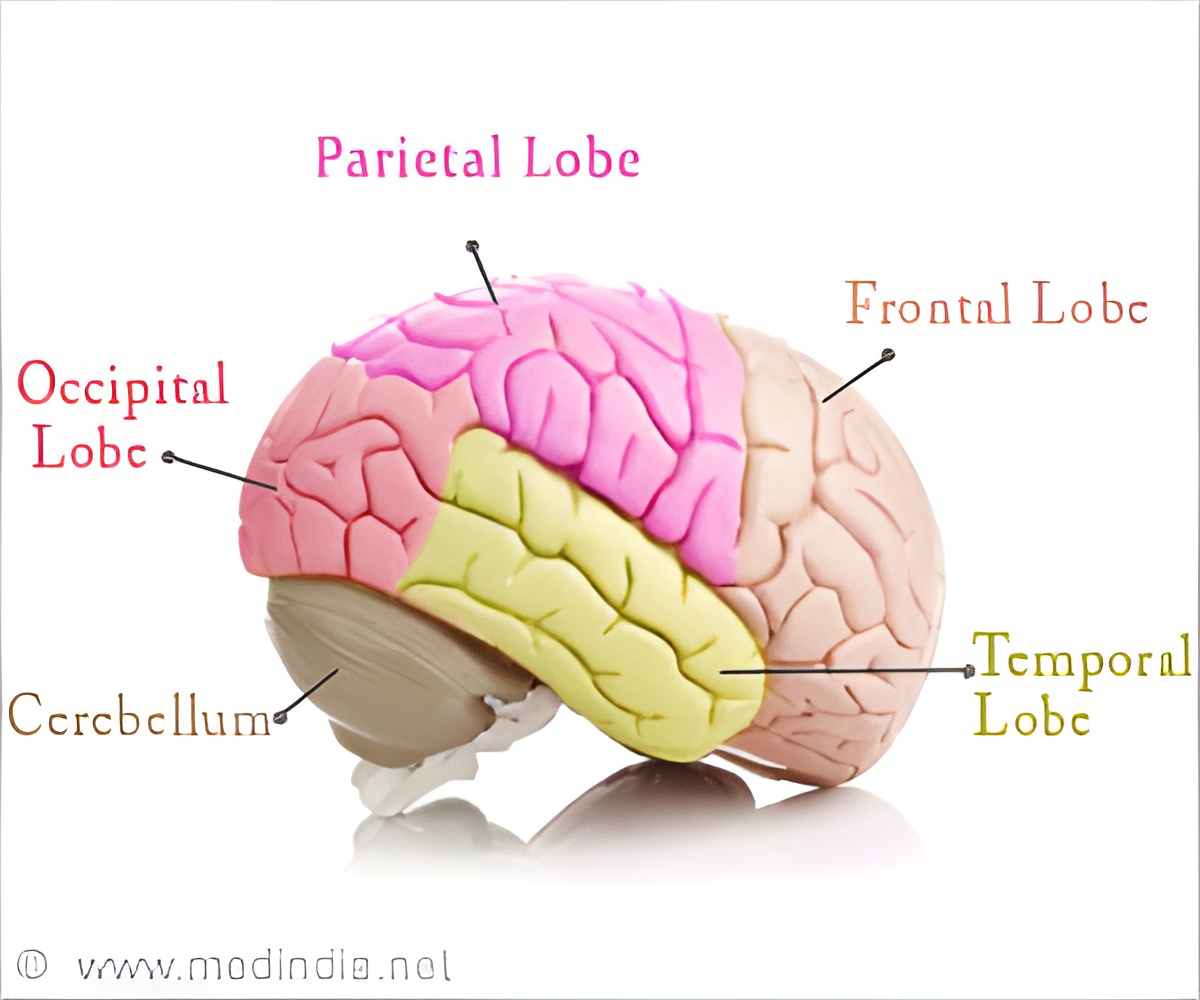
Fiber Tract Dissections Guide Safe Routes for Brainstem Surgery Working under the operating microscope, the researchers performed meticulous dissections of human brainstem specimens. They used a technique called fiber tract dissection, which traces the complex course of the nerve fibers that make up the brainstem. At each step of the dissection, 3-D photographs were obtained. In some areas, a magnetic resonance imaging technique called diffusion tensor imaging was used to help in visualizing the nerve fiber tracts.
The lowermost portion of the brain is directly connected to the spinal cord. The brainstem is involved in regulating some of the body's most basic functions. In addition to mapping and illustrating the inner anatomy of the brainstem, the researchers sought to identify the best surgical approaches to specific brainstem areas.
In their article, Drs. Yagmurlu and Rhoton and colleagues present richly detailed descriptions and 3-D images of the fiber tract anatomy of the brainstem. They also propose a short list of "safe entry zones" for each of the three major portions of the brainstem: the midbrain, pons, and medulla.
For each area, the suggested routes include key anatomical landmarks for the neurosurgeon to follow. The fundamental principle is to pass through as little normal tissue as possible, while avoiding critical areas and tracts.
"The safest approach for lesions located below the surface is usually the shorter and most direct route," the researchers write. However, for some parts of the brainstem, a more circuitous approach is needed to reach the target while protecting essential functional areas.
Advertisement
Drs. Yagmurlu and Rhoton and coauthors note that their dissection study cannot account for the infinite variations in anatomy of the human brainstem--the use of neurophysiological monitoring and mapping remains crucial during surgery. However, by providing unprecedented descriptions and 3-D images of the inner anatomy of the brainstem, the researchers hope their work will help neurosurgeons in planning the best approach to microsurgical procedures for gliomas (brain cancers) and blood vessel malformations in each area of the brainstem.
Advertisement









